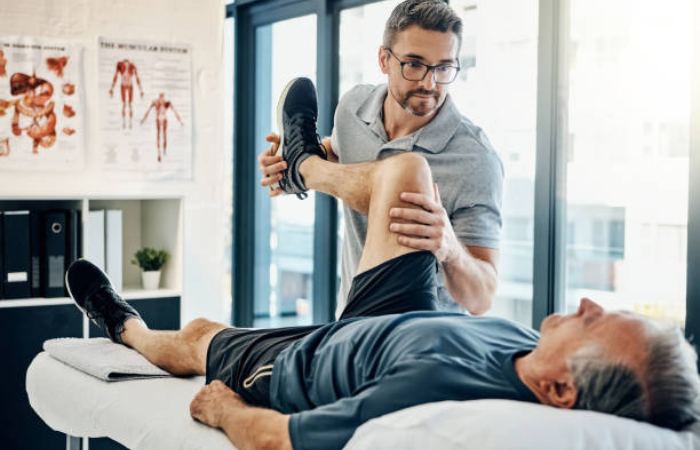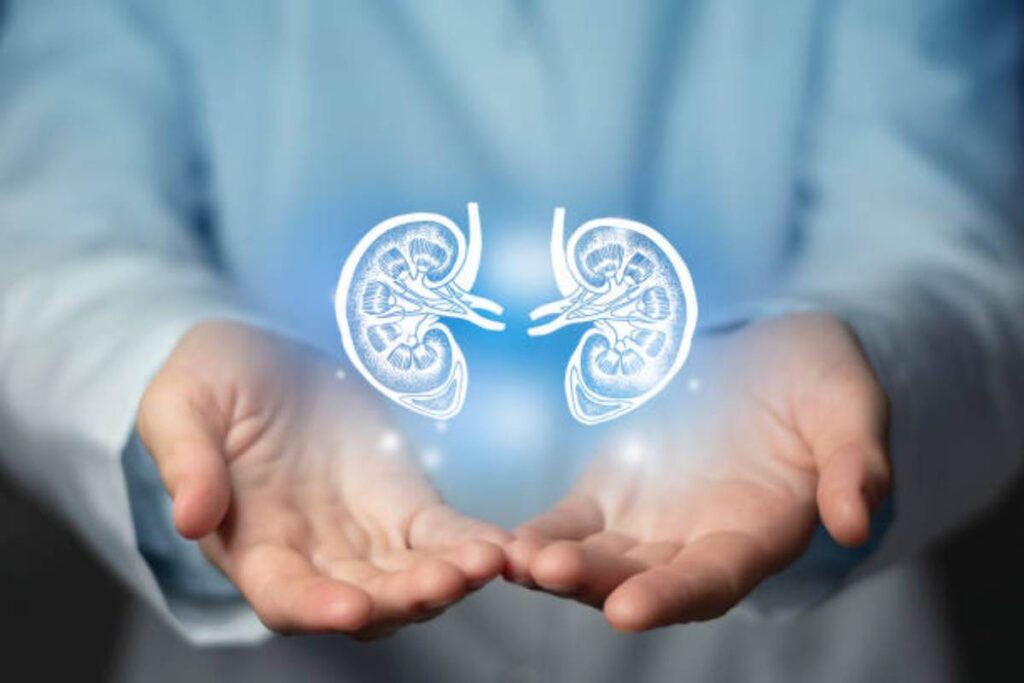Chronic pain affects millions of people worldwide, knowingly touching their quality of life and ability to perform daily activities. Traditional treatments often rely on opioids, which can lead to compulsion and other serious side effects. Dr. Focused. Som explores innovative medical solutions that provide effective pain relief without the risks connected to opioids. This blog explores new and promising treatments for chronic pain, with a focus on non-opioid medicines, physical therapy, and integrative approaches that offer a holistic path to pain relief.
Non-opioid medications for Chronic Pain
Non-opioid drug development is a critical area of pain organization, offering actual replacements that minimize the risk of addiction.
- Originally industrialized to treat epilepsy, anticonvulsants can be used to treat neuropathic pain. These drugs calm the nerve impulses that contribute to pain.
- Some antidepressants, such as tricyclics and serotonin-norepinephrine reuptake inhibitors (SNRIs), are effective in treating pain by changing the chemical signals in the brain that control mood and pain insight.
- NSAIDs and Acetaminophen. For less plain chronic pain, nonsteroidal anti-inflammatory drugs (NSAIDs) and acetaminophen may be accurate. These drugs reduce irritation and block pain signals.
- Topical Analgesics. Gels, creams, and patches containing pain-relieving ingredients can be applied directly to the skin in painful areas. Ingredients such as capsaicin, lidocaine, or diclofenac provide local relief with few systemic side effects.
Physical Therapy: A Cornerstone of Pain Management

Physical therapy is vital in giving chronic pain by helping patients strengthen their bodies, increase flexibility, and improve overall physical functioning.
- Individualized exercise programs: Physical therapists design individualized exercise regimens to help patients build strength, improve mobility, and reduce pain. Techniques such as stretching, strength training, and low-impact aerobic exercise are helpful.
- Manual therapy: Techniques such as reflexology, joint mobilization, and operation can help relieve pain and improve movement. These treatments are often combined with other medicines to provide maximum pain relief.
- Pain neuroscience education (PNE): Teaching patients about the neurobiology of pain can empower them to manage their pain better. Understanding how pain works can clarify the experience and reduce the fear and stress related to pain.
Integrative Approaches to Pain Management
Integrative pain treatment combines traditional medical treatments with alternative therapies that address both the bodily and psychological features of pain.
- Acupuncture: This ancient Chinese medicine technique includes inserting thin needles into specific opinions on the body. It is supposed to balance the body’s energy flow and effectively treat various types of pain.
- Mind-body techniques: Practices such as yoga, thought, and tai chi promote reduction and stress relief, which can significantly relieve pain. These techniques also improve patients’ coping strategies, helping them cope with the psychological impact of chronic illness.
- Biofeedback: Using sensors that monitor physiological functions such as heart rate, muscle tension, and skin fever, biofeedback teaches patients to control these purposes to reduce pain.
- Nutritional counselling: Eating right can help treat illness. Anti-inflammatory diets irritating in fruits, vegetables, and whole ounces can help reduce irritation, a shared cause of pain.
Patient-Centered Care and Multidisciplinary Approaches
Collaborative Care Models. Effective pain management often needs a team approach that includes physicians, physical therapists, psychologists, and other healthcare professionals. This multidisciplinary approach provides comprehensive care tailored to the individual’s needs.
Technology and Disease Management. Advances in technology, including virtual reality and wearables, are opening up new ways to treat illnesses. Virtual reality can provide immersive distractions to help reduce pain perception during painful events or rehabilitation.
Also Read: How to Maximise Your Health Insurance Benefits in the UK
Conclusion
The chronic pain treatment landscape is rapidly evolving, with new and innovative treatments offering hope to those suffering from chronic pain. Dr. Sohm’s method of pain management emphasizes the position of non-opioid medications, physical therapy, and integrative modalities that speech not only the physical symptoms of the disease but also the psychological aspects. By staying at the forefront of these advances, Dr. Sohm ensures that his patients receive the most effective and comprehensive care possible. If you struggle with chronic pain, consider these innovative answers as part of a holistic approach to pain management that can meaningfully improve your quality of life.


